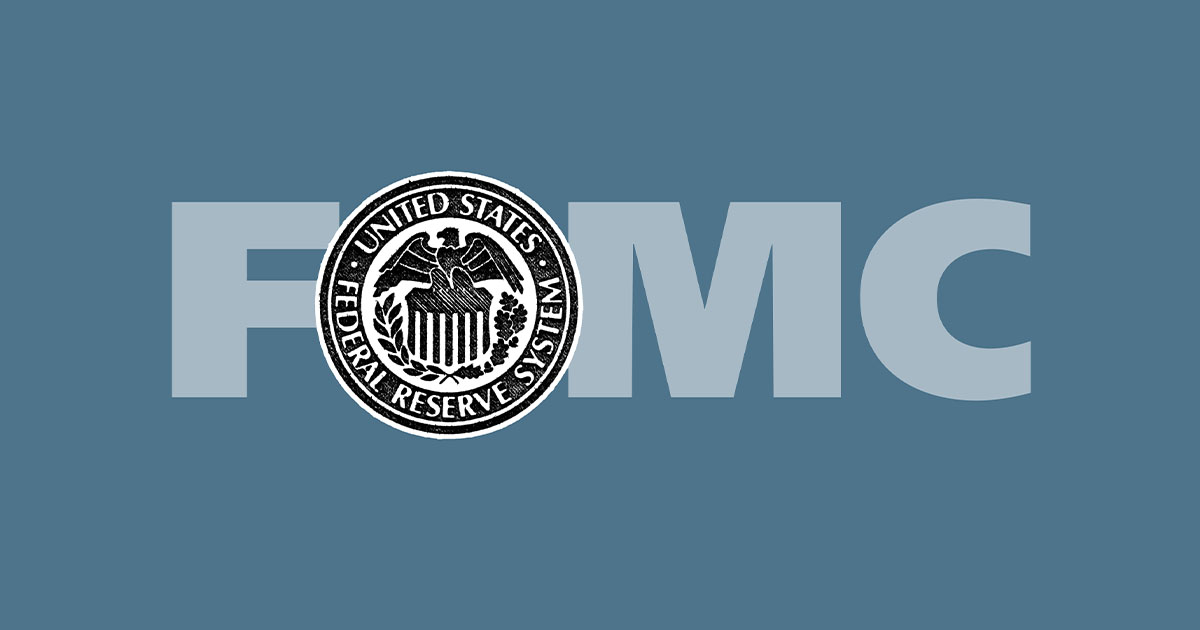

At its March meeting, the Federal Reserve hiked its policy rate by 25 basis points (bps) while signaling a more cautious outlook as officials grapple with recent banking sector stress amid still elevated inflation. Indeed, the Fed statement admitted that “Recent developments are likely to result in tighter credit conditions for households and businesses and to weigh on economic activity, hiring, and inflation.” Fed officials also signaled that they could possibly be on hold after this hike, stating that some additional policy firming “may” be appropriate, instead of “will” be appropriate as they said in the previous statement in February.
To raise interest rates while also signaling increased caution on the outlook reflects the Fed’s ongoing balancing act. On the one hand, the central bankers seek to manage inflation expectations by emphasizing their continued resolve to fight inflation, but on the other hand they must acknowledge that recession risks have increased as tight financial conditions and banking sector stress hinder the economy.
On net, we believe the stress in the banking sector will work to slow economic activity, demand, and eventually inflation, resulting in the Fed needing to do less to sufficiently tighten financial conditions. As a result, the Fed has likely moved closer to the end of the hiking cycle. However, we note that holding policy at restrictive levels is different from starting the process to normalize or even ease policy. Indeed, the timing and speed of any rate-cutting cycle will depend on how inflation and financial stability risks evolve over time.
Macro data stronger than expected earlier in the year
The economic backdrop shifted rapidly and significantly in the weeks and days leading up to the March Fed meeting. After the Fed slowed the pace of rate hikes at its previous meeting (hiking by 25 bps), economic activity releases in February and March pointed to firmer growth than anticipated. First, 4Q inflation data – which previously indicated a more pronounced moderation in the rate of U.S. inflation – was revised higher. Second, the U.S. economy continued to add jobs at a pace well above trend, including more than 800,000 jobs in the first two months of the year alone. Finally, broader activity indicators suggested that consumption and manufacturing activity reaccelerated in 2023 after ending 2022 on weak footing. Against this backdrop, Fed Chair Jerome Powell used his semiannual monetary policy testimony to Congress in early March to open the door to a 50-bp rate hike. Then the situation was quickly upended when only days later, Silicon Valley Bank (SVB) faced a bank run. Policymakers’ focus shifted to the extent to which the disruption to banks – and the credit they intermediate – would alter the economic outlook.
Dovish hike
Facing these competing challenges, the Fed hiked the fed funds rate 25 bps, but also signaled caution and data dependence amid elevated uncertainty. Forward guidance that “ongoing” rate hikes were expected was removed, and instead Chair Powell emphasized that ongoing rate hikes are no longer expected, but instead “may” be needed. Fed officials also made only minimal changes to the dot plot and economic projections, reflecting the increased uncertainty and various offsetting factors clouding the outlook. During the press conference, Chair Powell emphasized the resiliency of the U.S. banking system, but also acknowledged that Fed officials would be closely monitoring the extent to which recent developments tighten credit conditions, which he indicated could help offset the need for additional rate hikes.
Tighter credit conditions raise recessionary risks
While the failures of SVB and Signature Bank in March may ultimately prove to be isolated cases, we believe it is likely that they lead to a slowdown in credit growth in the broader economy, despite the steps policymakers took to bolster the banking sector. It doesn’t necessarily take a massive, systemic deleveraging event (as we saw in 2008) for the economy to fall into recession; slowing credit growth alone can be a meaningful headwind to GDP growth. (Read more in our recent blog post, “Bank Failures and the Fed.”)
Over time, we believe the competing challenges Fed officials faced at the March meeting will ultimately tilt toward weaker growth and eventually lower inflation. Smaller regional and community banks are especially important for providing credit for small businesses, which in turn account for about 50% of overall U.S. employment. As the economy slows on the back of tighter credit conditions, we believe small and midsize enterprises (SMEs) are a key channel through which this disruption could spill over to the labor markets and inflation (with a lag). As a result, our view is that the Fed is at or near the end of the hiking cycle. This doesn’t necessarily mean the Fed would be quick to pivot toward easing, however. Indeed, the timing and speed of any rate-cutting cycle will likely depend on how quickly the real economy responds to recent tightening.

